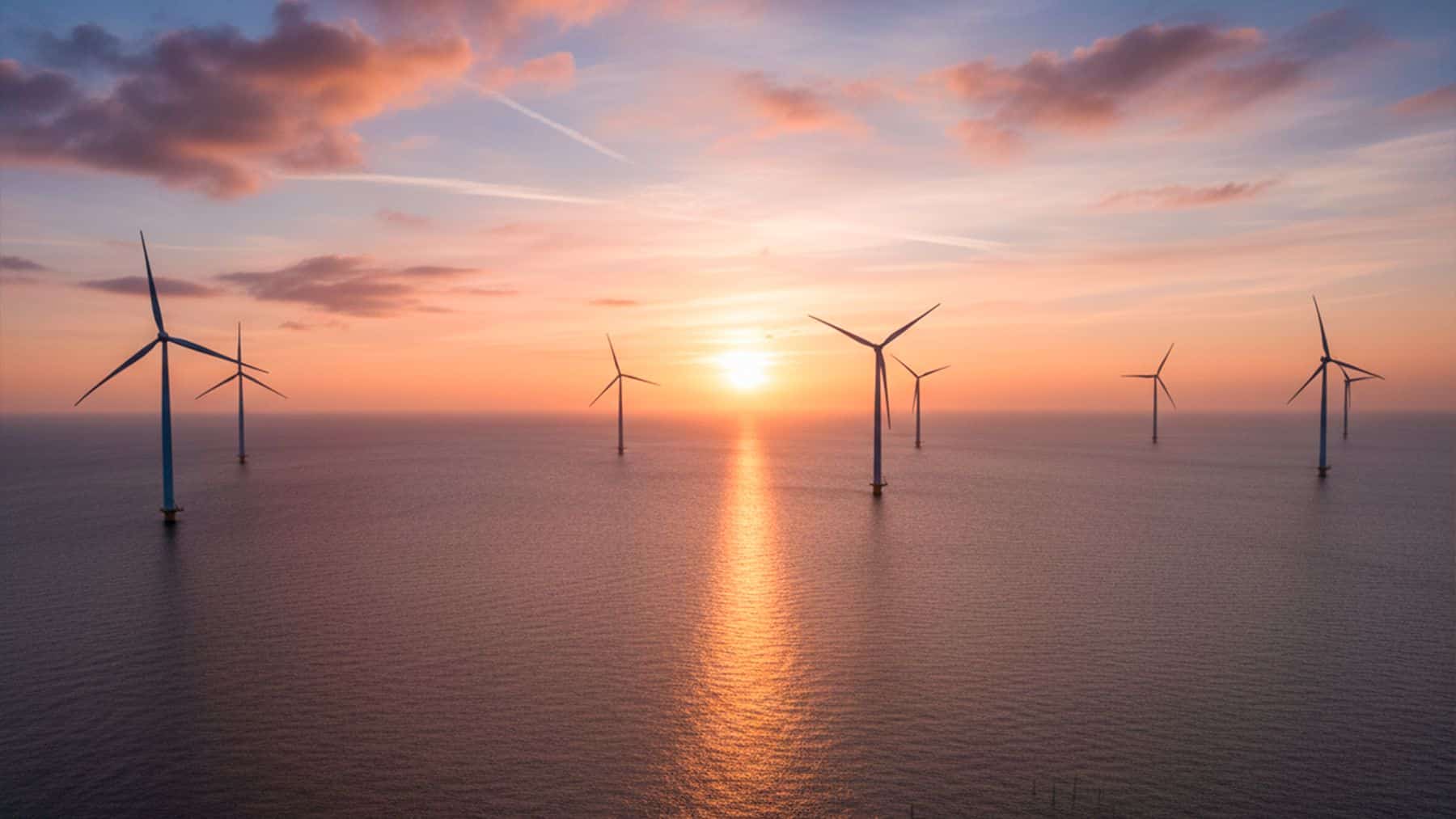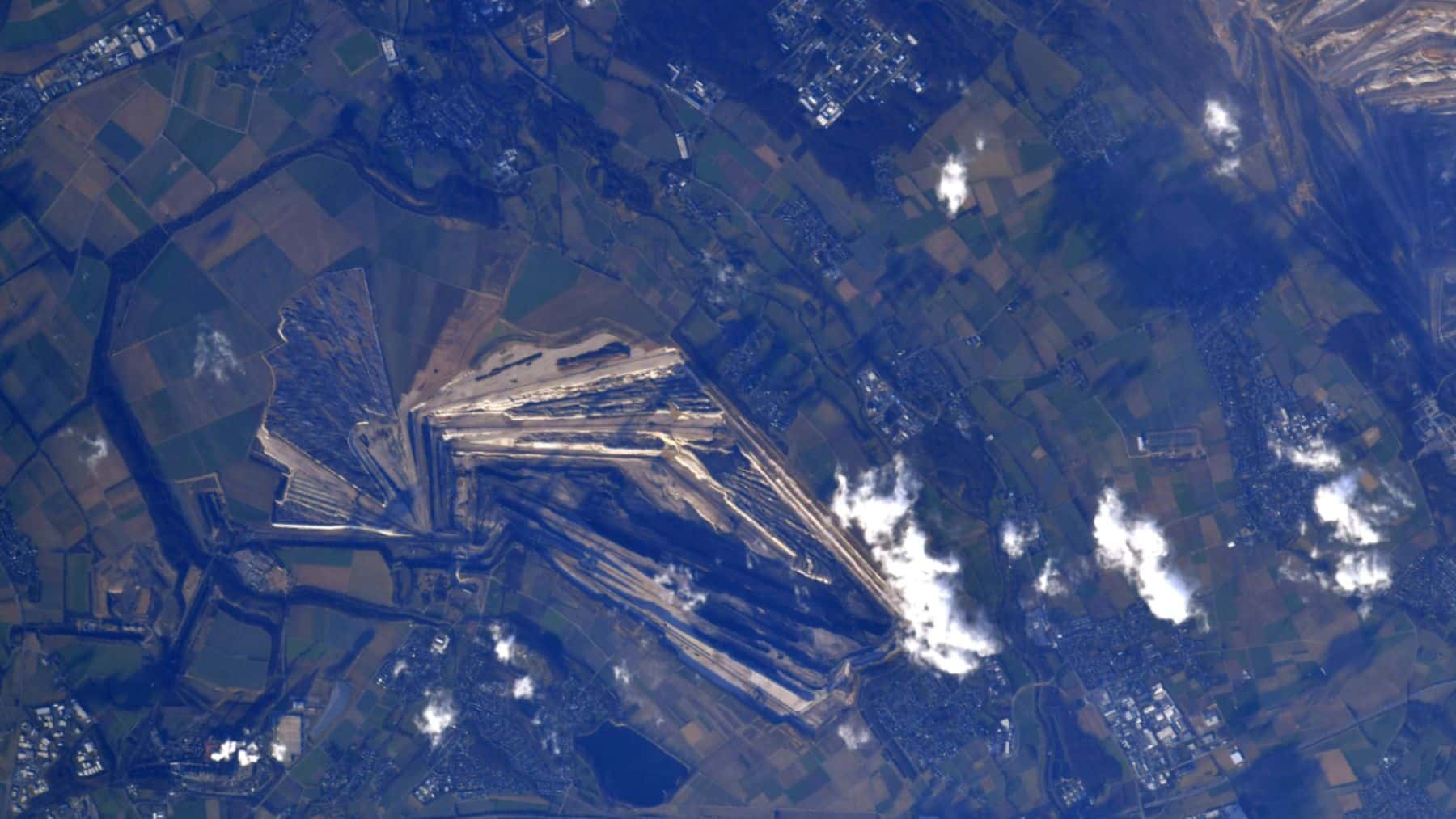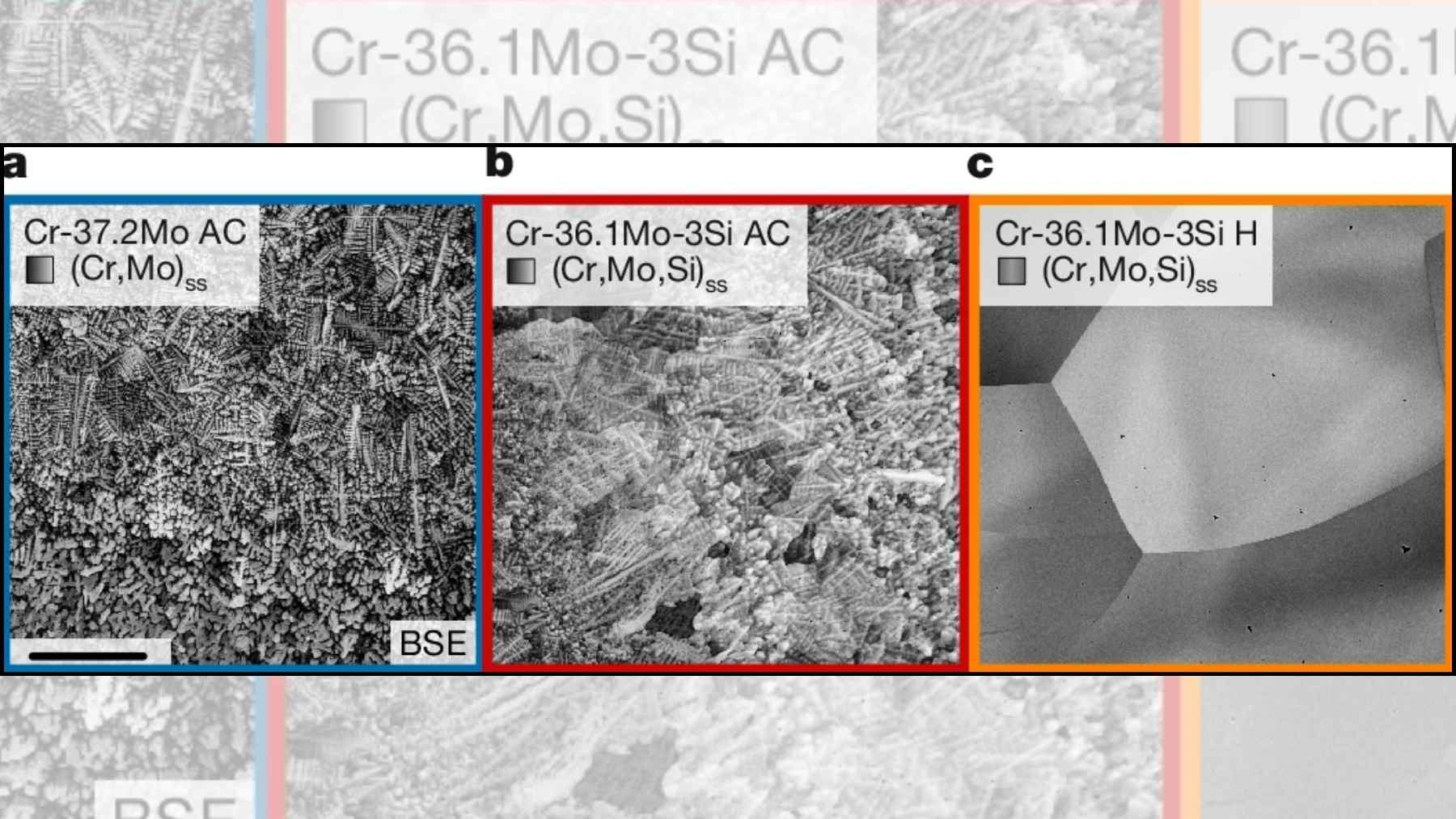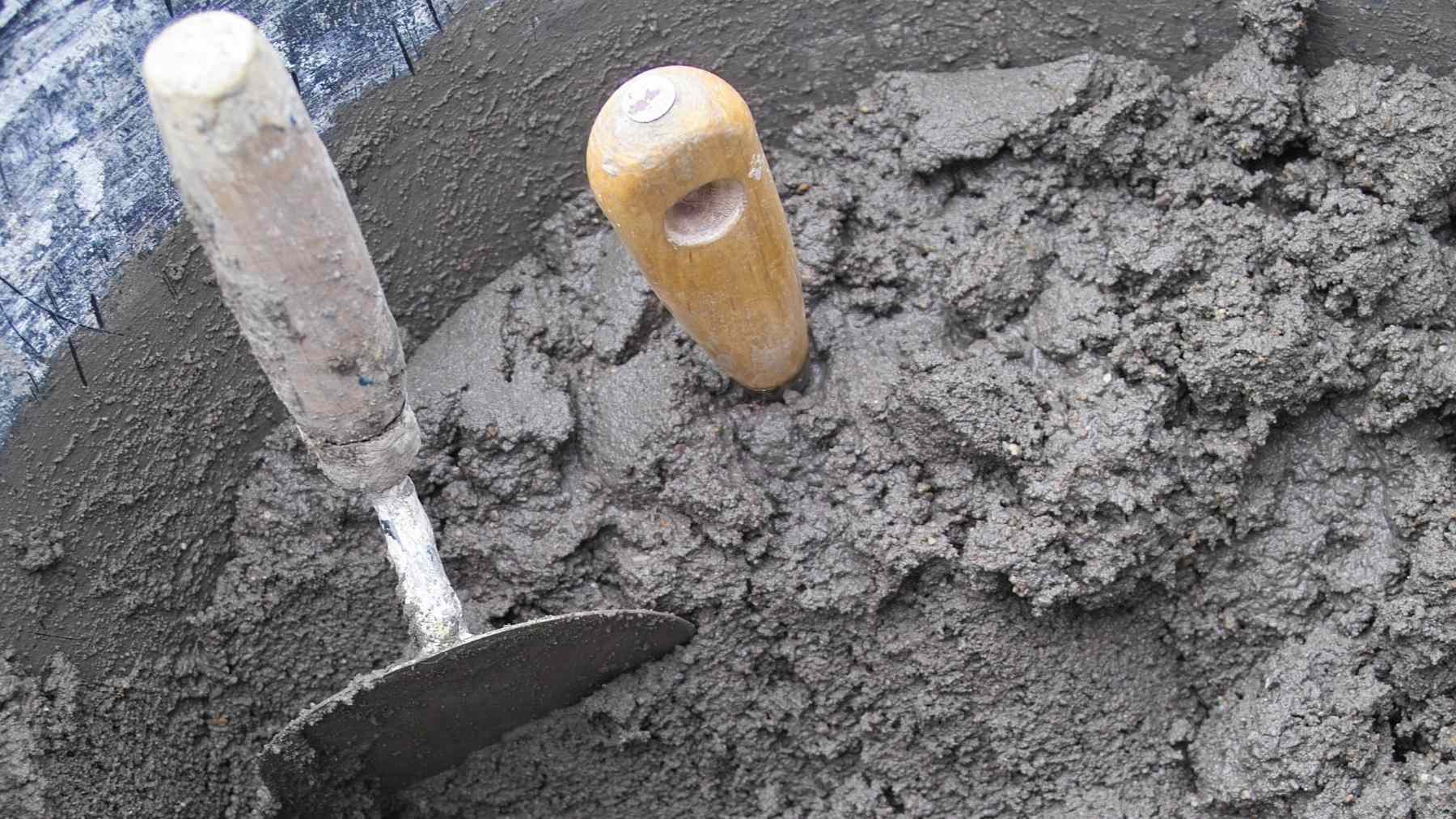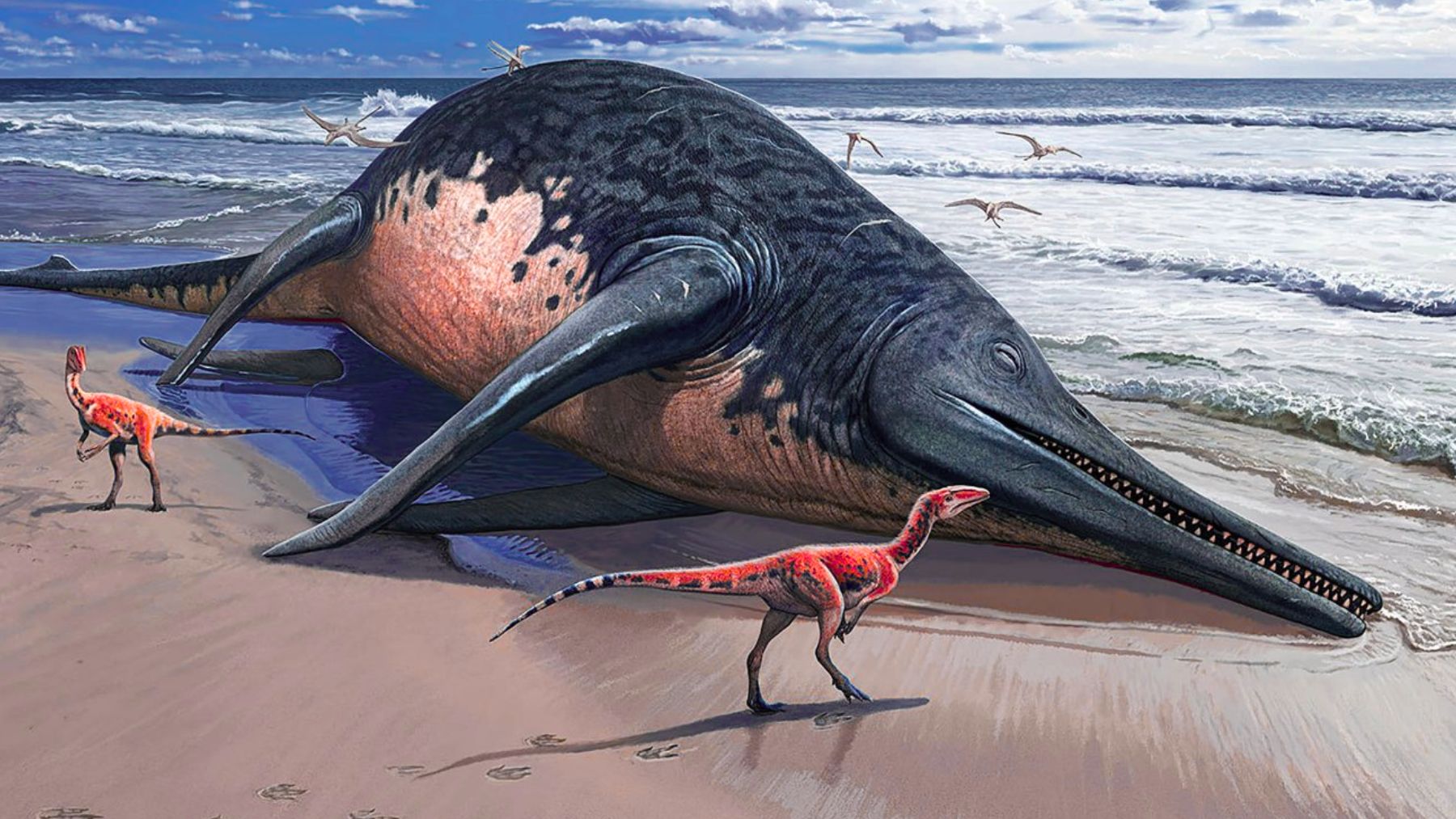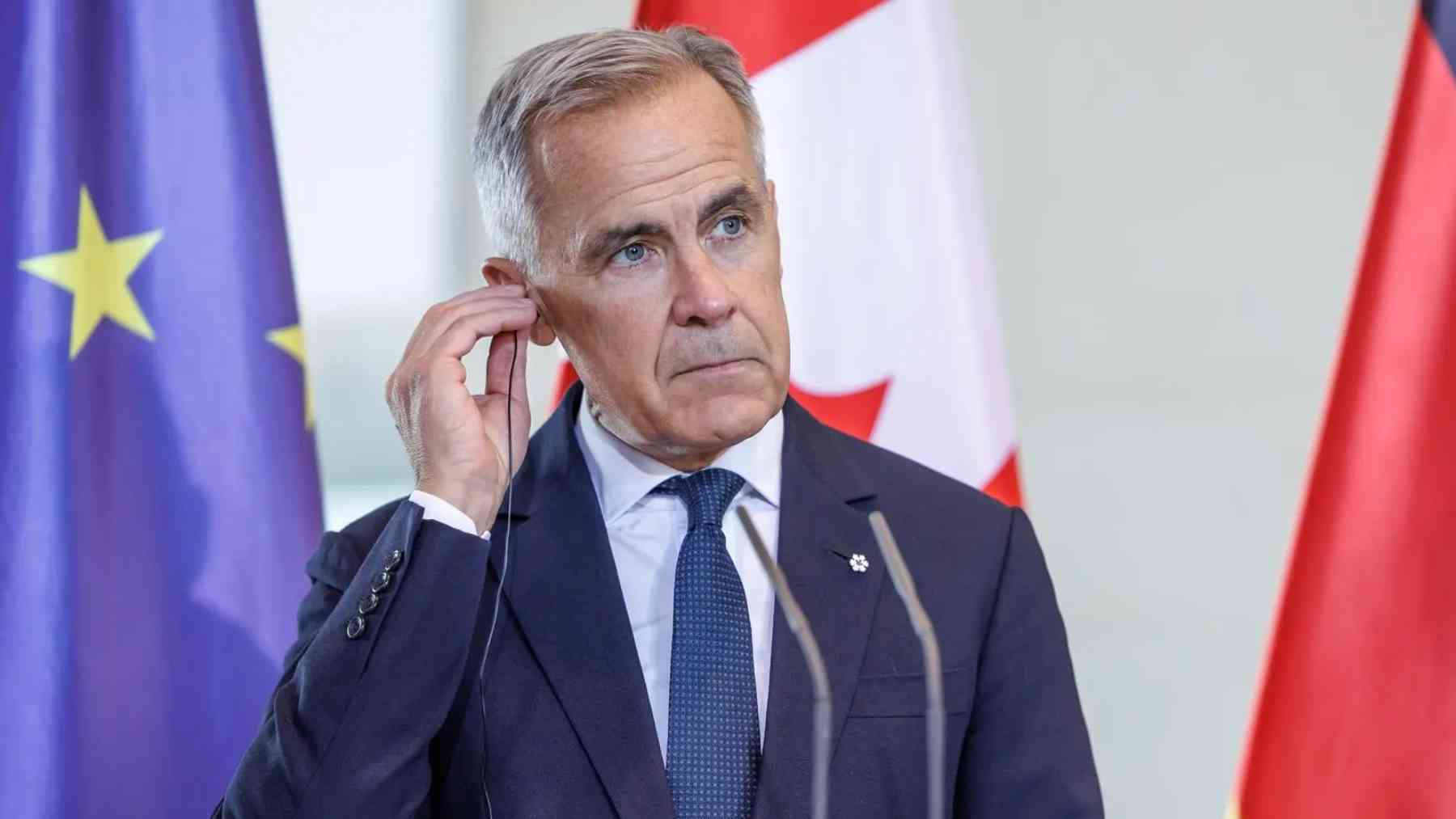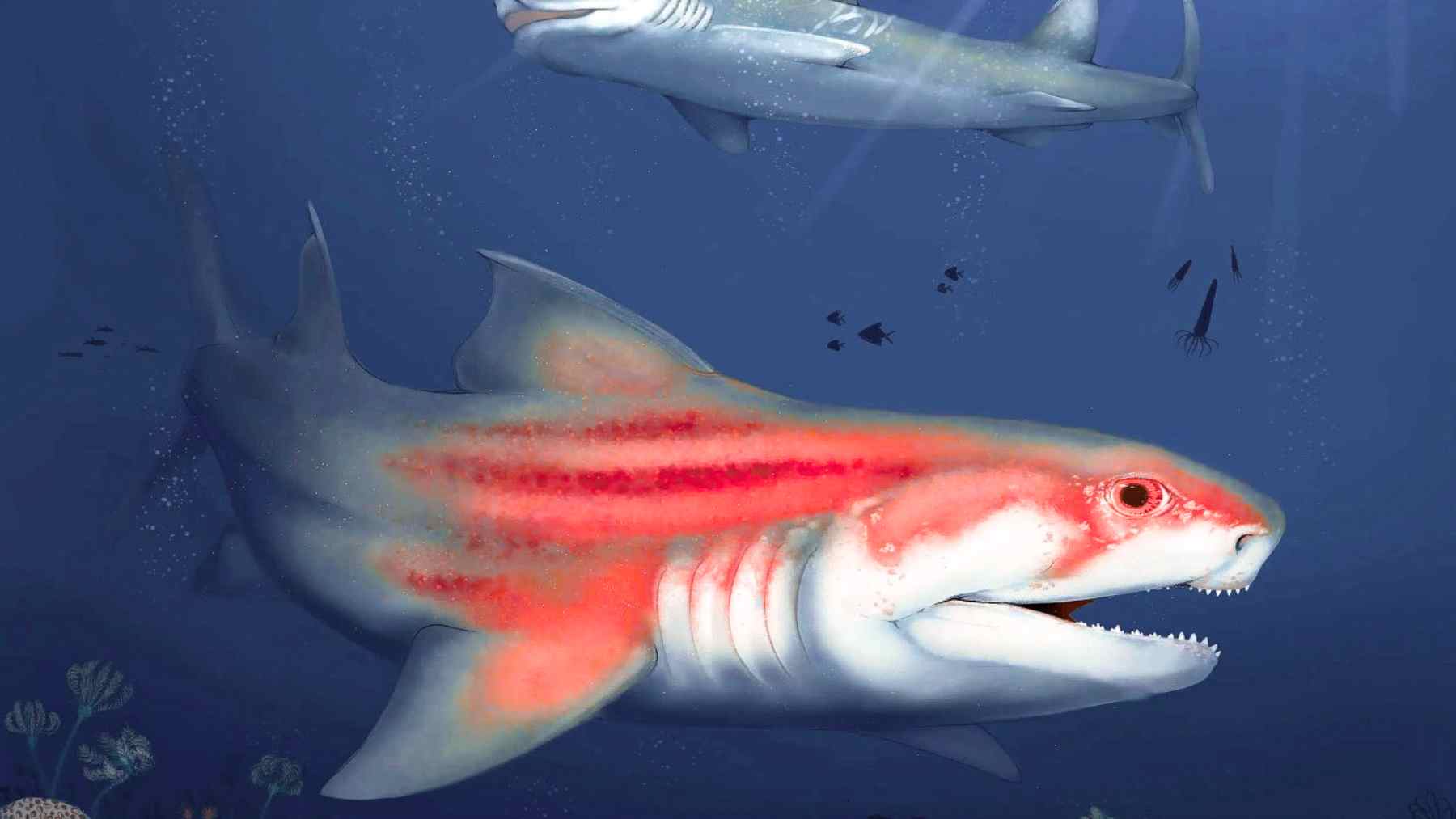U.K.’s largest source of renewable energy may very well be said to be climbing out of the sea. The good news is that the largest offshore wind farm, Dogger Bank Wind Farm, is set to grow even larger. In addition, Dogger Bank D, a fourth phase, is proposed, whereby SSE Renewables and Equinor aim to unlock a further 1.5 GW of clean energy. The UK’s commitment to renewable energy is clear, and the U.K. is making more strategic use of seabed real estate.
Understanding the expansion plans for the Dogger Bank Wind Farm
The Dogger Bank Wind Farm is a monumental project that was a joint venture between SSE Renewables (40%), Equinor (40%), and Vårgrønn (20%). The initial three phases, Dogger Bank A, B, and C, are said to be located more or less 130 and 190 kilometres off the northeast coast of England, and each phase contributes approximately 1.2 GW of capacity.
Now that the seabed lease for Dogger Bank D is finalized, developers are looking to add 1,5 GW from the eastern area of Dogger Bank C’s seabed. Should this be successful, the full project capacity will rise to 5,1 GW.
Setting the tone in terms of offshore sustainable energy, an innovative lease that was agreed upon with the Crown Estate signifies a shift towards smarter seabed usage and bigger yield from existing zones. The agreement is in favor of significant strides towards scaling up the wind farm. The addition of new turbines weekly will push the net-zero agenda of the U.K. All in all, the finalized seabed lease for Dogger Bank D signifies a crucial moment, providing insight into a more sustainable future.
Looking at this offshore energy project in depth
Thus far, the proposed Dogger Bank D site spans over 262 kilometers and is said to be located approximately 210 kilometers off the Yorkshire coast. As per the plans presented at the project’s consultation period, 113 fixed-bottom turbines as well as two offshore substations are on the cards. The idea is for these turbines and offshore substations to be linked to onshore infrastructure in the East Riding of Yorkshire with inter-array subsea cables. However, construction will depend on securing a Development Consent Order (DCO) along with the final investment decision by SSE Renewables and Equinor.
More details about unlocking green energy potential with consent
Of all the projects under the Crown Estate’s Capacity Increase Programme umbrella, the Dogger Bank D project is one of seven projects. The idea of this programme is to unlock 4,7 GW of green electricity from the seabed leases. Should approvals be granted, investment flows are to be expected. Dogger Bank D would then start contributing power within the next 10 years. New York is also looking at investing $1 billion to produce energy from water so as to ensure the future of America.
A project pushing the boundaries of engineering genius
Dogger Bank Wind Farm has made a considerable impact onshore, with every GE Haliade-X turbine soon to be able to power over 16,000 UK homes and 9,000 cars every year. Construction is surely underway, and the collaboration between SSE and Equinor makes it clear that the project will not only deliver but define operational excellence as well.
Dogger Bank D seems to be advancing through the approval stage, and this is not just an engineering feat, but a more purposeful move. With 3,6 GW already under construction, having a further 1,5 GW of energy in the pipeline is a lucrative strategy. By adding turbine after turbine weekly, the offshore colossus is on track in terms of the overall net-zero mission. Following the headlines of the largest offshore wind energy farm being in trouble due to a strange effect caused by one of its turbines, it is great to hear good news in the pipeline in terms of the Dogger Bank Wind Farm project.
